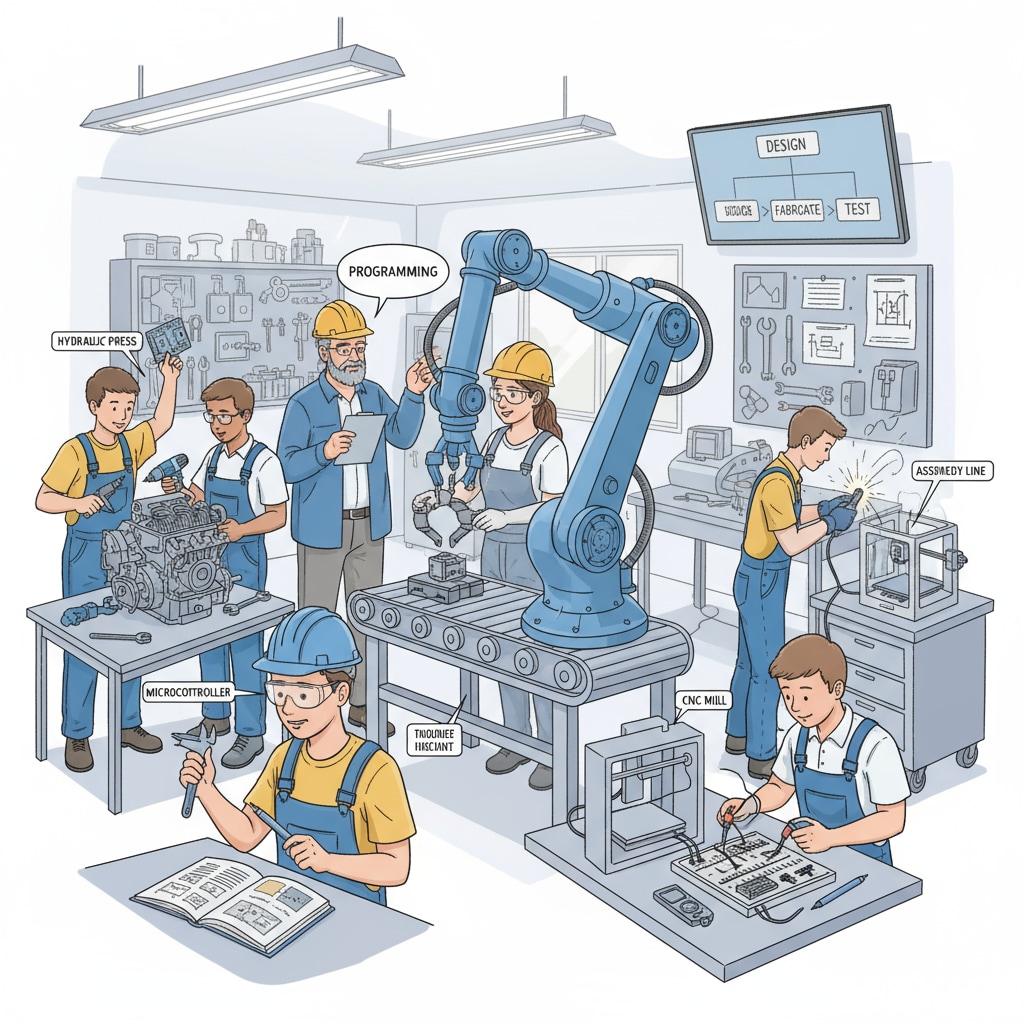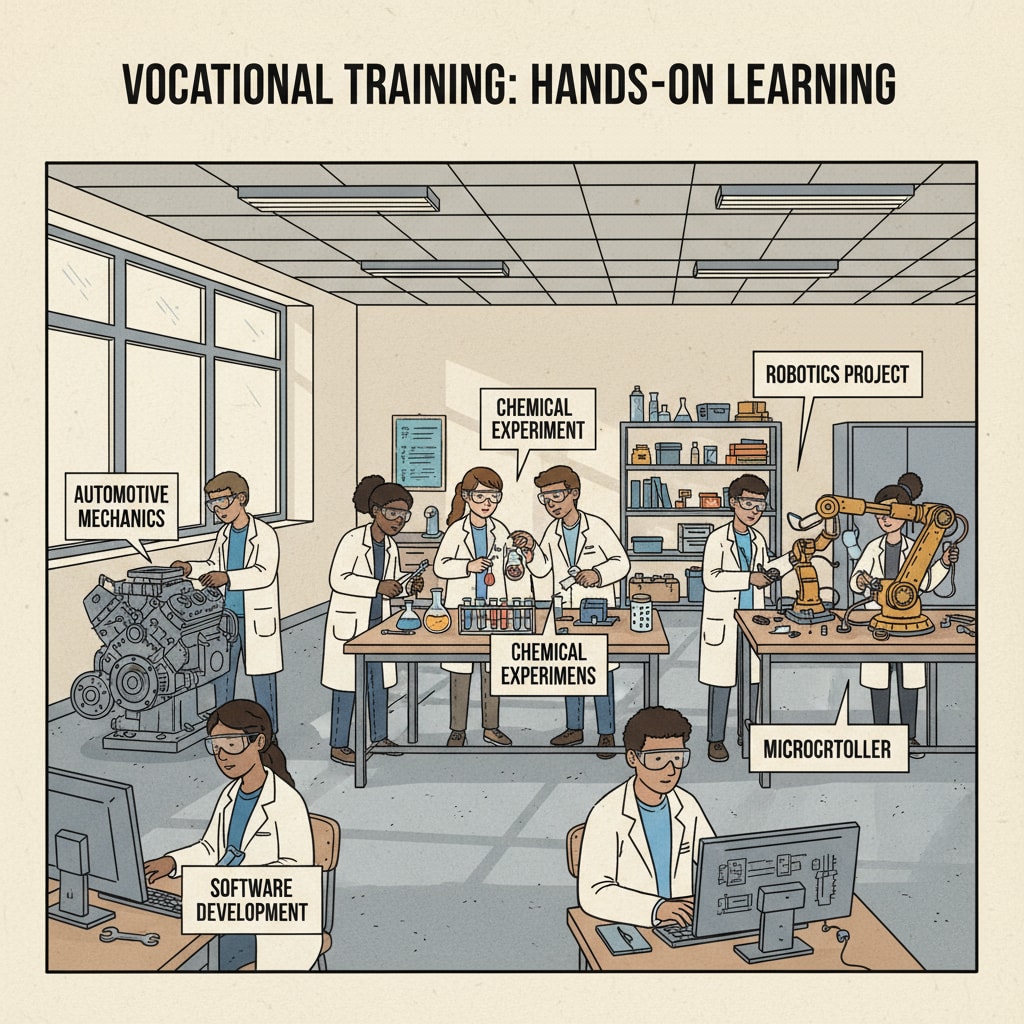In the realm of education, the concepts of higher education, return on investment, vocational education, and career directions are constantly evolving. Today, we are witnessing a significant shift as the once-clear advantage of higher education in terms of investment returns is being challenged, while vocational education is emerging as a viable and potentially more rewarding option.

The Decline of Higher Education’s Return on Investment
Over the past few decades, the cost of higher education has skyrocketed. Tuition fees at many universities have doubled or even tripled, putting a heavy financial burden on students and their families. According to National Center for Education Statistics, the average cost of tuition and fees at public four-year institutions has been steadily increasing. However, the job market has not necessarily kept pace with this investment. Many graduates are finding it difficult to secure well-paying jobs that can justify the large amount of money they have spent on their degrees. As a result, the return on investment in higher education is becoming less attractive.
The Rising Value of Vocational Education
On the other hand, vocational education is experiencing a renaissance. Vocational training programs are designed to equip students with practical skills that are in high demand in the job market. These skills are directly applicable to specific occupations, allowing graduates to enter the workforce quickly. For example, fields such as nursing, plumbing, and electrician work are always in need of skilled workers. A study by Bureau of Labor Statistics shows that many vocational careers offer competitive salaries and good job prospects.

Moreover, vocational education often requires a shorter time to complete compared to traditional higher education degrees. This means students can start earning money earlier in their lives. In addition, the cost of vocational training is generally much lower than that of a four-year university degree. This combination of lower costs, shorter time to completion, and high employability makes vocational education an appealing option for many students.
Readability guidance: As we can see, the landscape of education is changing. Higher education is facing challenges in terms of investment returns, while vocational education is presenting new opportunities. By understanding these trends, students can make more informed decisions about their future career directions.


